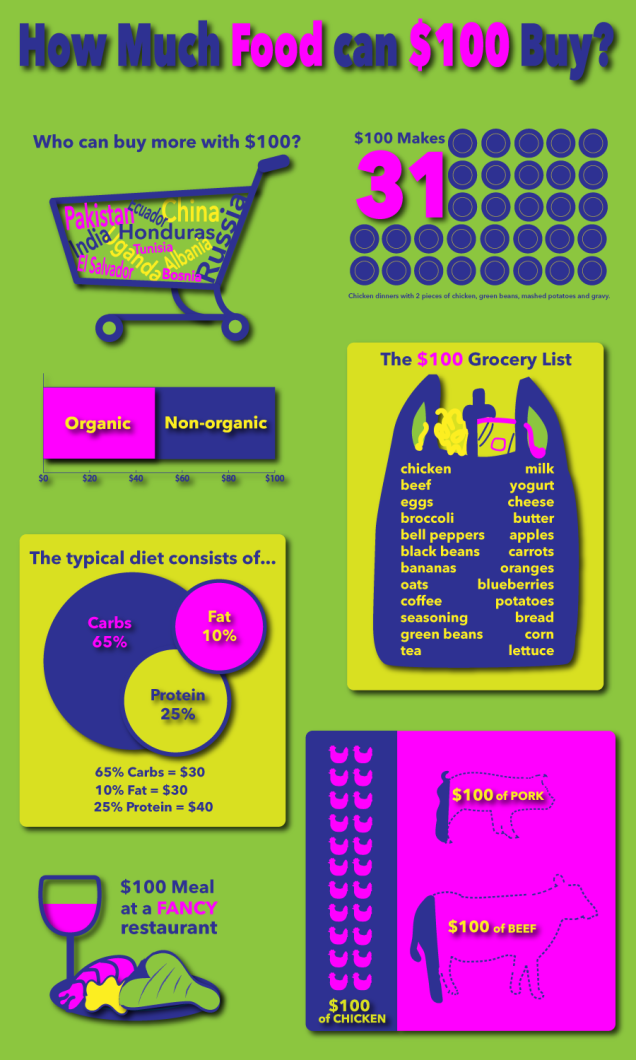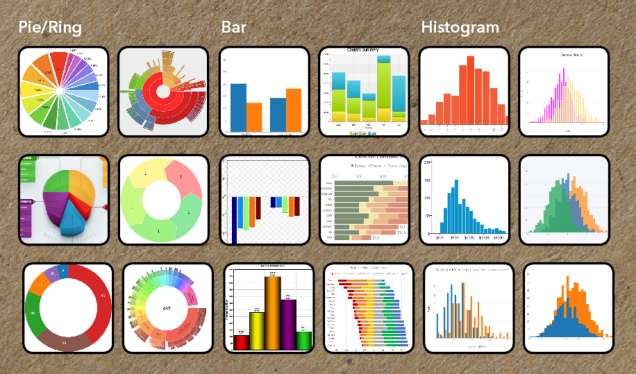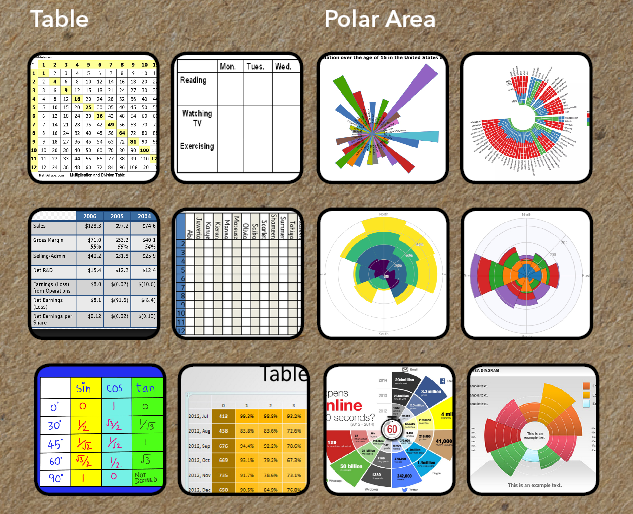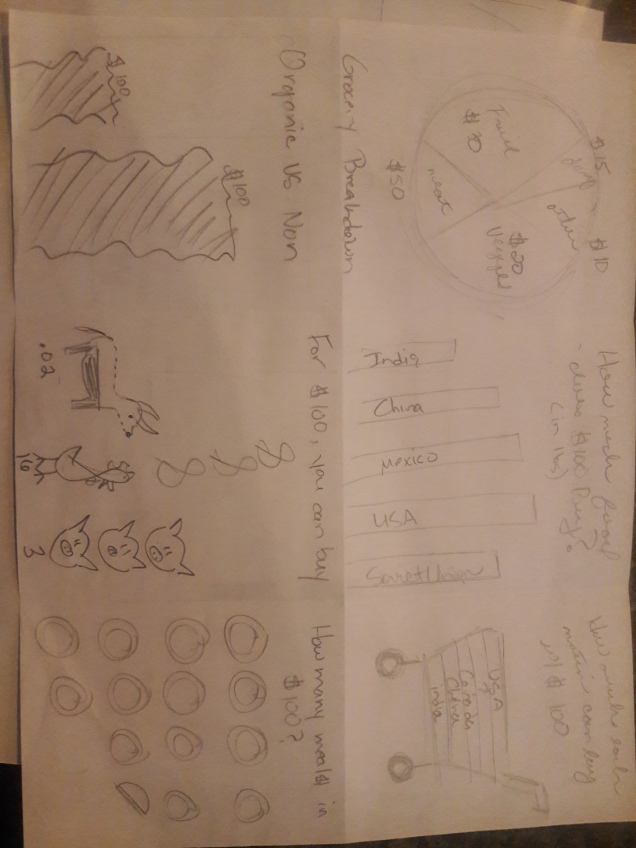I choose to analyze the Lego campaign on Facebook. With over 12.5 million likes and over 12.4 millions users, Lego must have done something right!
The brand is the little colorful blocks that kids and adults love. They can create something basic or something more elaborate like Kylo Ren’s command shuttle (I have kids, what do you expect?). The objective is to show as many people as possible all the products that they offer, but on Facebook, Lego shares their “exclusives” with those who follow them. Lego shows the world their products, how kids interact with them and more. Lego also has their own movies and have created their own line of characters which Lego has built successful series stories around such as Ninjago and Chima.
There are a few principles that Lego seems to do well with and others that they seem to ignore altogether. The Zeitgeist and Story principles seem to be absent but there are others that seem to dominate.
One of these is the Presentation principle. Lego shares unique content and special clips to movies and their products. By doing so, Lego boosts their brand because everyone wants to see what Lego has going on. Lego chooses the cooler products over the basic ones, making them have more appeal to the public.
The Value principle plays a small part. Lego lovers can get together and discuss products or Legoland parks. They are part of a group of people, young and old that share their love of these small, colorful blocks. This in a way, spills over into the Attention principle.
Lego uses the Attention principle by inviting users to give their ideas, having contests, creating polls – all to see what the Lego fans feel. Lego fans can win items or have their ideas used. When Lego prompts this sharing, users are more willing to open up and share their ideas. People then begin to comment to one another, creating this community. The big part of this is that Lego responds to the general population, validating their ideas and thoughts.
I kind of feel that the principle of Expectations plays a small role. People expect Lego to share interesting and new items firsts to those who are likers and followers. Lego will post about a set that is due out in the future, whereas no one else in the general community knows about. Lego followers expect that they will know beforehand, otherwise, what purpose would they have to follow Lego on Facebook?




 design. The colors are not complimentary, the NFL logo is teeny, and you can barely see the sponsors of the game. They try to line up the teams to show them squaring off in a sense, perhaps by using the squares for the team name and bait method. One would think that the Packers are favored because a bear trap is more lethal than a teeny mouse trap.
design. The colors are not complimentary, the NFL logo is teeny, and you can barely see the sponsors of the game. They try to line up the teams to show them squaring off in a sense, perhaps by using the squares for the team name and bait method. One would think that the Packers are favored because a bear trap is more lethal than a teeny mouse trap.


















